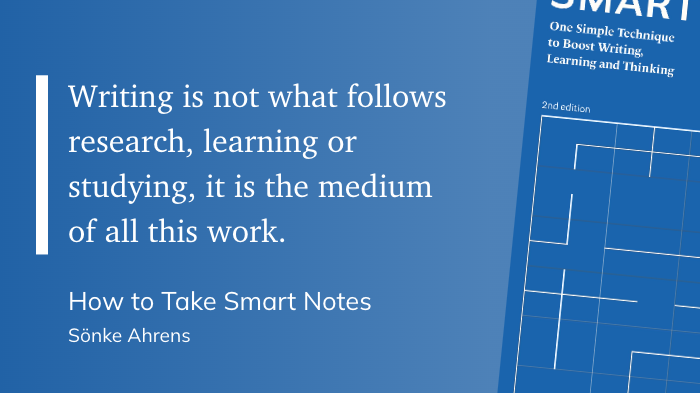Panelists:
- Steven Downes from the Digital Technologies Research Centre of the National Research Council of Canada.
- Dr. Valerie Irvine from the University of Victoria.
- Brian Lamb, Director of Learning Technologies at Thompson Rivers University.
- Dr. David Wiley, Chief Academic Officer at Lumen Learning.
Key Topics and Insights
Current State of Open Education
Steven Downes kicked off the discussion by emphasizing the influence of artificial intelligence (AI) on open education. He argued that generative AI has the potential to create and enhance open educational resources (OER), moving beyond traditional static resources to dynamic, AI-generated content that can adapt and respond to student needs in real time.
Challenges and Opportunities
Valerie Irvine highlighted the significant challenge of institutional culture change. She stressed that despite the proven benefits of open education, widespread adoption requires a concerted effort to shift mindsets at administrative and faculty levels. She also pointed out the potential for open education to support social justice and equity in learning, advocating for open access to research and teaching resources to foster broader educational impacts.
Brian Lamb expressed concerns about the commercialization and centralization of digital platforms, which can stifle the creative and collaborative spirit of open education. He reminisced about the early days of the open web, where blogs and wikis fostered a rich exchange of ideas and resources. Brian emphasized the need to build capacity for open practices within educational institutions to reclaim some of that lost potential.
David Wiley provided a perspective from the U.S., discussing how generative AI could transform access to expertise. He noted that while the initial focus of open education was on access to materials, the future could see AI providing real-time, personalized support to learners, thereby expanding educational opportunities even further. He also touched on the importance of integrating open practices with AI to ensure that educational tools remain accessible and beneficial.
Future Directions
The panelists agreed that integrating AI into education presents both opportunities and challenges. They discussed the need for robust systems to ensure the accuracy and reliability of AI-generated content. Steven Downes pointed out that, while AI can be a powerful tool, it must be developed and used within ethical frameworks to avoid perpetuating existing biases and inequalities.
Institutional Support for Open Education
A key theme was the role of institutions in supporting open education. The panelists called for more institutional support for open educational practices, including funding, resources, and recognition of the value of openness. Valerie Irvine and Brian Lamb highlighted the successful models of BCcampus and eCampusOntario as examples of how institutional collaboration can drive the adoption of open education.
Conclusion
The session concluded with a call to action for educators, administrators, and policymakers to embrace the potential of open education and AI. The panelists urged a collective effort to foster a culture of openness, support innovative teaching practices, and ensure that the benefits of these advancements are accessible to all learners.
The Eclectic Educator is a free resource for everyone passionate about education and creativity. If you enjoy the content and want to support the newsletter, consider becoming a paid subscriber. Your support helps keep the insights and inspiration coming!



